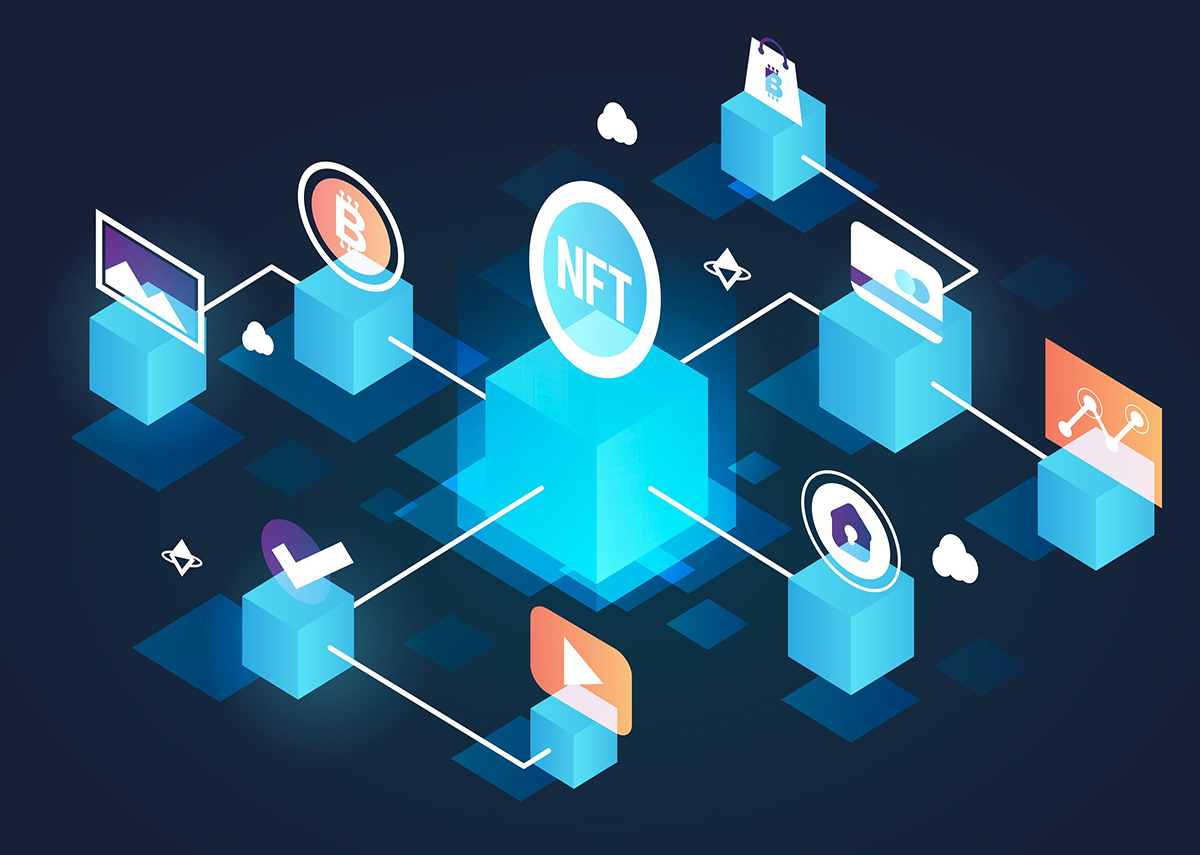The Future Of Digital Content: Blockchain And Content Distribution

Executive Summary

The digital content industry is on the cusp of a major transformation. The advent of blockchain technology is poised to revolutionize the way content is created, distributed, and consumed. This technology has the potential to create a more transparent, efficient, and equitable ecosystem for all stakeholders involved in the content supply chain. This article explores the key trends and developments that are shaping the future of digital content distribution in the era of blockchain.

Introduction
Digital content has become an integral part of our lives. We consume it daily through various channels such as social media, streaming platforms, and websites. However, the current content distribution system is far from perfect. Intermediaries such as platforms and publishers often control access to content, which can lead to censorship, data breaches, and unfair compensation for creators. Blockchain technology offers a solution to these challenges by providing a decentralized and immutable ledger that can track and manage content ownership, distribution, and payments.
Key Trends and Developments in Blockchain-Based Content Distribution
-
Decentralized content storage and distribution: Blockchain networks can be used to create decentralized content storage solutions, eliminating the need for centralized servers. This can make content more resilient to censorship and data breaches, and it can also reduce distribution costs.
-
Transparent and immutable content ownership: Blockchain teknologi can be used to create tamper-proof records of content ownership. This can help to resolve disputes over copyright and intellectual property, and it can also make it easier for creators to monetize their work.
-
Micropayments and direct payments to creators: Blockchain can be used to facilitate micropayments, allowing consumers to pay creators directly for their work. This can help to create a more sustainable revenue model for content creators and reduce the reliance on advertising.
-
Smart contracts for content licensing and distribution: Smart contracts can be used to automate the licensing and distribution of content. This can reduce the need for manual negotiation and paperwork, and it can also help to ensure that creators receive fair compensation for their work.
-
Tokenization of digital content: Content creators can tokenize their work, creating digital assets that can be traded or sold on decentralized marketplaces. This can provide creators with new opportunities to monetize their work and connect with their audience.
Conclusion
The integration of blockchain technology into the digital content industry has the potential to create a more transparent, efficient, and equitable ecosystem for all stakeholders involved. By decentralizing content storage and distribution, establishing transparent ownership records, and enabling micropayments and direct payments to creators, blockchain is poised to revolutionize the way content is created, distributed, and consumed. As these technologies continue to evolve, we can expect to see even more innovative and disruptive applications of blockchain in the digital content space.
Keyword Tags
- Blockchain
- Content Distribution
- Digital Content
- Decentralization
- Cryptocurrency
FAQ
- What are the benefits of using blockchain for content distribution?
Blockchain provides a number of benefits for content distribution, including:
- Decentralized storage and distribution
- Transparent and immutable content ownership
- Micropayments and direct payments to creators
- Smart contracts for content licensing and distribution
- Tokenization of digital content
- How will blockchain disrupt the digital content industry?
Blockchain can disrupt the digital content industry in a number of ways, including:
- Reducing the power of intermediaries
- Creating a more transparent and fair marketplace
- Empowering creators and giving them more control over their work
- Enabling new forms of content distribution and monetization
- What are some examples of how blockchain is being used for content distribution?
There are a number of startups and projects that are exploring the use of blockchain for content distribution, including:
- Steemit: A social media platform that rewards users for creating and curating content
- DTube: A decentralized video platform that allows users to upload and share videos without censorship
- Ujo Music: A music streaming platform that allows artists to sell their music directly to fans
- What are the challenges to adopting blockchain for content distribution?
There are a number of challenges to adopting blockchain for content distribution, including:
- Scalability: Blockchain networks can be slow and expensive to use, which can limit their scalability for large-scale content distribution
- User experience: Blockchain-based content distribution systems can be complex and difficult to use for non-technical users
- Regulation: The regulatory landscape for blockchain is still evolving, which could create uncertainty for businesses that want to adopt this technology
- What is the future of blockchain for content distribution?
Blockchain is still a nascent technology, but it has the potential to revolutionize the way content is distributed and consumed. As the technology develops and matures, we can expect to see even more innovative and disruptive applications of blockchain in the digital content space.
